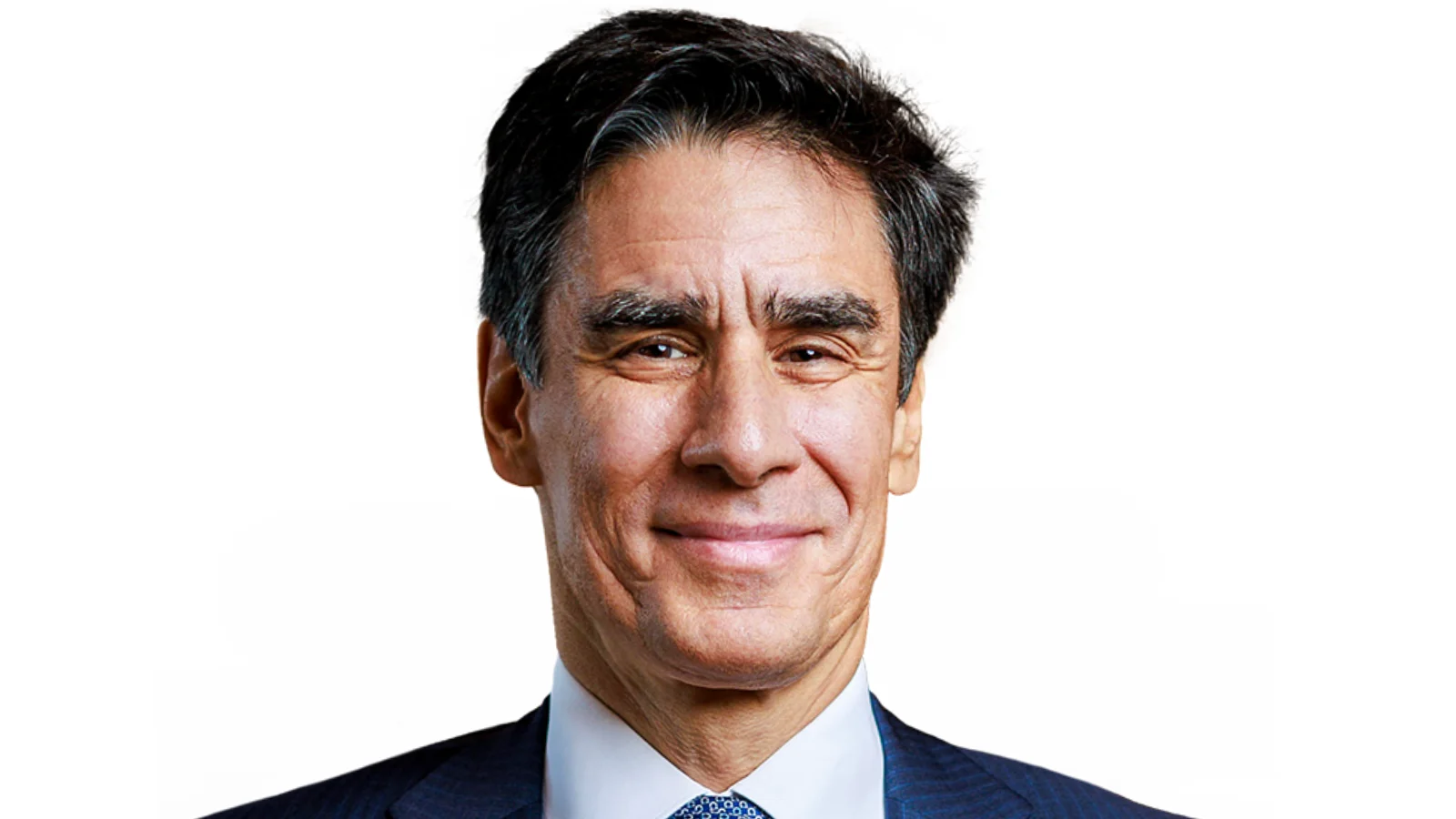ANZ Group CEO Nuno Matos addressed investors and analysts as he presented the bank’s full-year results for 2025, marking his first annual report since joining the company. Matos described his initial six months at ANZ as a period of “significant and necessary change which lays strong foundations for future growth.”
Discussing the external environment, Matos noted ongoing geopolitical shifts and fluctuating tariffs but highlighted continued opportunities in global trade. He pointed out that while tariffs have shifted trade patterns, intra-Asian trade has grown stronger, with Greater China and India expected to see economic growth above 5% this year. Asia remains the fastest-growing economic region.
Domestically, Matos acknowledged persistent high costs of living in Australia and New Zealand despite reduced inflation from previous peaks. He said consumer confidence in Australia is still below pre-pandemic levels but has improved compared to mid-2023 lows. According to Matos, “This is not translating into delinquencies the way it has in the past but the pressure on some of our customers is undeniable and we are focussed on supporting them.”
Matos emphasized ANZ’s stability within these conditions: “Australia and New Zealand are stable economies which are attractive, particularly for investment from offshore. This complex external environment plays to ANZ's strengths including our diversified portfolio and geographic footprint across 29 markets.”
On financial performance, Matos reported that ANZ’s Cash Return on Tangible Equity was 10.5%, after adjusting for significant items published on October 31. The final dividend per share stands at 83 cents franked at 70%, bringing the full-year dividend to 166 cents per share—consistent with previous guidance.
The bank’s Common Equity Tier 1 (CET1) ratio reached 12.03% by September’s end, improving by 25 basis points in the second half of the year. With changes to capital management—including ending its share buyback program—ANZ reports a proforma CET1 ratio of 12.26%.
Matos reiterated that recent results demonstrate strength in Institutional Banking and New Zealand operations while underlining opportunities for improvement in Australia Retail and Business & Private Banking divisions through its “ANZ 2030” strategy.
He outlined four strategic pillars guiding this approach: Customer First, Simplicity, Resilience, and Delivering Value—supported by culture, people, and technology initiatives.
Immediate priorities include embedding new leadership (with Stephen White already joined as Group Executive Operations), accelerating Suncorp Bank integration (targeting customer migration completion by June 2027), delivering a unified digital front-end via ANZ Plus by September 2027 under Guilherme Bueno’s leadership as Managing Director Digital Channels, reducing duplication through workforce reductions (3,500 roles cut by September 2026 plus exit of all targeted managed services consultants), and strengthening non-financial risk management—a plan recently approved by APRA following submission in September.
Matos stated: “Improving non-financial risk management and ultimately customer outcomes is a critical pillar of the bank’s strategy… I continue to be responsible for personally managing and executing this program.”
For individual business segments:
- In Australia Retail (excluding Suncorp Bank), ANZ serves approximately 6.4 million customers with an MFI market share of about 11.7%. While retail NPS rose slightly during the year (+1.7), it remains last among major banks.
- Business & Private Bank holds around a stable MFI share at roughly 16.4% among its approximately 600,000 customers; deposits grew modestly but below system.
- Suncorp Bank increased its retail MFI share marginally to about 2.5% with an improved NPS score (16.5) well above other big four banks; customer numbers have risen nearly five percent since acquisition plans were announced.
- The Institutional division retained top rankings according to Coalition Greenwich for relationship strength across Australia/New Zealand/Asia; operational deposits grew by twelve percent.
- In New Zealand banking operations—with over thirty percent market share—save/transact deposits rose five percent while lending was up four percent though both lagged system-wide growth rates.
Summarizing these developments Matos said: “Today’s results highlight three realities…our franchise has a strong competitive position…we have a significant opportunity indeed obligation to improve our performance…and third we have the right strategy - ANZ2030 - to unlock and deliver value from these opportunities.”
He concluded his remarks before handing over further discussion to Farhan Faruqui.

